Technology is advancing so fast nowadays and is disrupting the way things have usually been done so far . Hence it also becomes important to look back and see how far we have come. From that smartphone, you first bought right after your school to the smart TV in your living room, we have walked a long journey of change or disruption (most cliche word of the 21st century).
We now usually rely on the data that is either stored on our phones or on our laptops. Be it in the form of photos, videos, voice, or text messages. But have you wondered when did the data storage originate? Let me take you on a journey. Sit tight!!
It dates back to nearly around 18th century, when series of instructions were recorded using punch cards for mechanical equipment.

These cards were used to input data by hand punching and feeding them into a card reader. It converted specific sequences into digital information. Holes punched on each column would represent characters instated.
In 1956, IBM launched the world’s first hard disk drive – The IBM Model 350, which over a ton (>971 Kg = 2,140 LBS). It contained a 50*24” disc with a grand total of 3.75 MB.

A decade later, this Hawkin machine was superseded by a new-age data storage device. It was the floppy disc.
And in the year 2000, people were introduced to the familiar USB Pen Drive initially capable of 8 MB of storage. Nowadays, USB’s can support 100’s of gigabytes of data. And there’s even a Micro USB smaller than your finger and the thickness of a needle that can hold a whole terabyte. For a comparison, you need 266,666 IBM 350’s to hold that amount of data.
Ever since people first came up with the idea of computers, they dreamt of empowering them with Artificial Intelligence (AI). In simple terms, AI is just a computer that cam mimic or simulate human thoughts and behavior.
Artificial Intelligence Technology has perplexed humans for centuries and is disrupting business
The human brain is a remarkable thing. It has enabled us to advanced mankind and to understand something of the science it underpins our existence from the smallest atoms to whole neurons. Imagine the possibilities if you were to improve upon the human cognitive functions. That was the objective of introducing Artificial Intelligence to the human world.
No brain on Earth is yet close to understand how we might achieve this despite centuries of efforts. It’s easy to think of AI as a recent innovation, intrinsically linked to rise of computing. But the origin, lies way back before 2000 yrs ago.
Around 350 BC, one of the most preeminent blue sky thinkers was Aristotle. He devised systolic logic- The first formal reasoning detecting system. Aristotle and the philosophers then, were seeking a formal method to represent the way human reasons and thinks about the world.
Fast forward 2000 years in the earlier 20th century Bertrand Russell and Alfred Whitehead published ‘Principia Mathematica’, that laid down the foundation for formal representations of mathematics.
But this fast technology revolution is disrupting the world we live in. The question is: Are we prepared to handle this change?
The World Economic Forum estimated that 33% of the jobs of 2017 do not even exist now. Self-driving cars are no longer a fiction story, you can analyze your DNA, you tried flying that drone for the first time and you’re thinking of buying a smart speaker to make your life so much easier.
And to your utter surprise, it already has got enrooted into our everyday lives. Just like computers, smartphones, electricity are the needs of every human today, digitization has also become a need for the career today. Its time to get your hands dirty on it, right!
Technology disrupting the businesses is no less than Darwin’s Survival of Fittest
Life is good. You love your job. You have been working for this established company for years. You’re comfortable in your position, you know what you’re good at, your colleagues like you, and the last presentation that you gave, got you some amazing reactions. You’re safe with your company.
In the meantime, you see another chord speculating on the future of your job that you thought was safe today. McKinsey published a report stating that 45% of all current tasks would get automated by the technologies of the future.
Look! The supermarkets just introduced self-cashier machines. You’re at the airport checking-in your luggage. What did the heck happen to all the real people at the check-in desk? They are all gone, replaced by machines. It clearly indicates that the skills you have currently, are more rapidly changing than ever before. Don’t be complacent even if you are an MBA from the best b-school. Everyone is replaceable.
Have I scared you? Don’t worry!! But with right strategies you can beat the game
Therefore, its high time that you immerse yourself in the immediate future. Where humans represent the WHY of change, technology would represent the HOW of change.
This change due to technology disruption is imminent and is going to affect our complete enterprise landscape. The DNA of the global economy is under transformation. As the digital skill gap increases companies need to find alternatives to fathom with the same and bridge it.
Employers require you to know an ever-growing number of new and ever-changing fundamental skills in order to use the technologies and implement it. As a famous saying goes, “Master the Fundamentals and You can master the rest”. This actually is a message to leverage technology before it starts disrupting your career. Be curious!
And, if you are an employer, train your people. Online and offline courses have never been more readily available or rich in content. It’s time to build something. Your greatest credential in this new era is the output of stuff, proof of your awesomeness. It’s time to build cool stuff and showcase it. START LEARNING. It’s time for your growth.
Interested in reading our Advanced Strategy Stories. Check out our collection.
Also check out our most loved stories below

How Bata became India’s household name despite being a classy international brand?
Bata is not an Indian brand. It is as international as it can be. But what strategies made it India’s highest selling footwear brand?

Nike doesn’t sell shoes. It sells an idea!!
Nike has built one of the most powerful brands in the world through its benefit based marketing strategy. What is this strategy and how Nike has used it?

Domino’s is not a pizza delivery company. What is it then?
How one step towards digital transformation completely changed the brand perception of Domino’s from a pizza delivery company to a technology company?

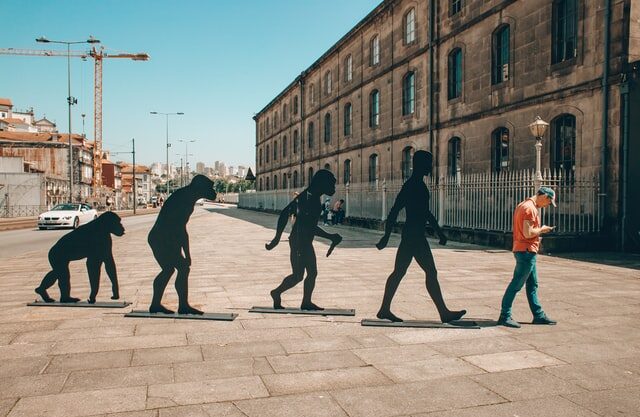

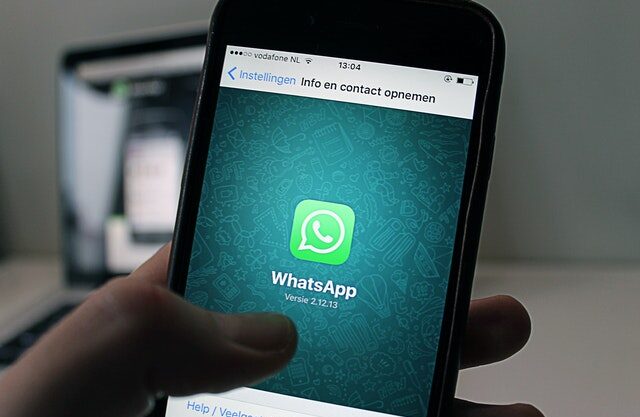


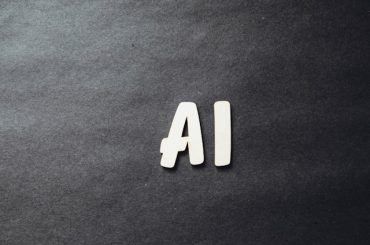
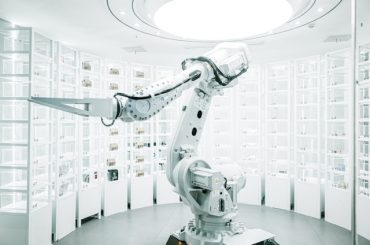

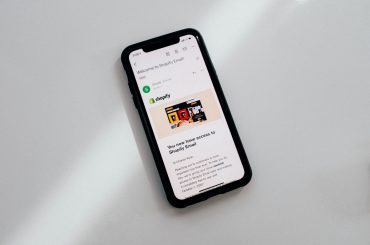

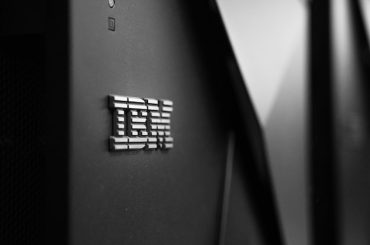






1 Comment
Appreciate the article.. and especially the simplicity..
Also the the conclusion part is too good.
I recommend all to read the piece.